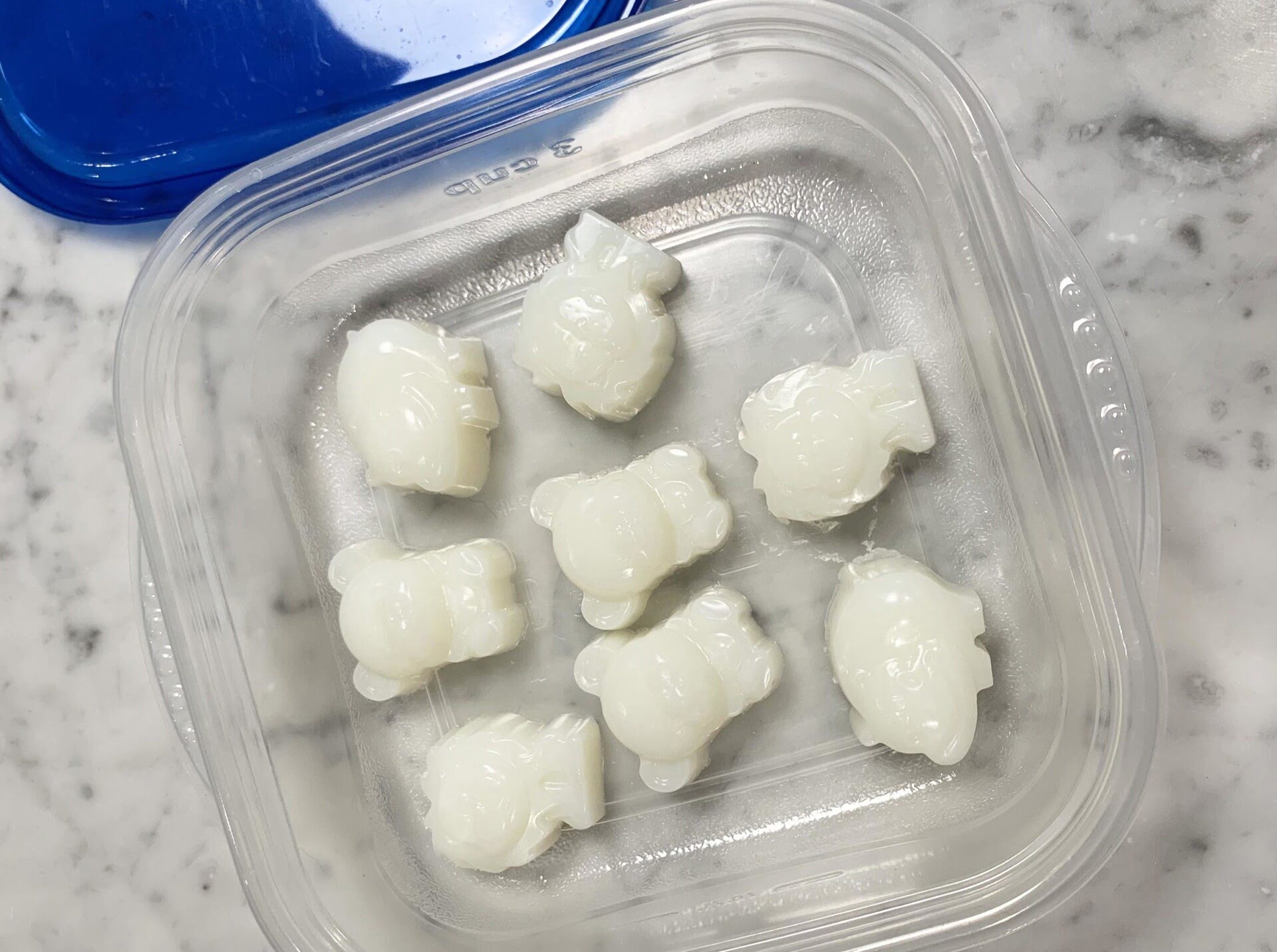

Articles
How To Store Breastmilk Soap
Modified: January 18, 2024
Learn how to properly store breastmilk soap with our informative articles. Keep your soap fresh and effective for longer periods of time.
(Many of the links in this article redirect to a specific reviewed product. Your purchase of these products through affiliate links helps to generate commission for Storables.com, at no extra cost. Learn more)
Why Store Breastmilk Soap?
As a parent, you may have chosen to make your own breastmilk soap for its many benefits. Breastmilk soap is known for its moisturizing properties, gentle cleansing abilities, and potential therapeutic effects on the skin. Whether you’ve made a large batch or have leftover breastmilk soap that you’d like to preserve, knowing how to store it properly is essential to maintain its integrity and effectiveness.
Storing breastmilk soap not only ensures its longevity but also allows you to have a steady supply for personal use or as gifts for friends and family. Additionally, proper storage prevents the soap from absorbing moisture from the air, which can affect its quality and performance.
By following the right guidelines for storage and using suitable containers, you can maintain the freshness and effectiveness of your homemade breastmilk soap for an extended period. Let’s dive into the important factors to consider when storing breastmilk soap.
Key Takeaways:
- Properly storing breastmilk soap is essential to maintain its quality and effectiveness. Follow guidelines, choose suitable containers, and practice best maintenance practices to enjoy the benefits for an extended period.
- Selecting the right containers, labeling stored soap, and following best practices for maintenance are crucial for preserving the integrity of homemade breastmilk soap. With proper care and storage, enjoy high-quality soap for months to come.
Read more: How To Store Breastmilk At Work
Important Guidelines for Storing Breastmilk Soap
When it comes to storing breastmilk soap, there are several crucial guidelines to keep in mind. Following these guidelines will help maintain the soap’s efficacy and prevent any degradation or spoilage. Here are some important considerations:
- Keep the soap in a cool and dry place: Temperature and humidity levels play a significant role in the longevity of breastmilk soap. Store it in a cool area away from direct sunlight, as exposure to heat can cause the soap to melt or lose its beneficial properties.
- Avoid extreme temperature changes: Fluctuating temperatures can impact the consistency and quality of the soap. Avoid storing breastmilk soap in places that experience frequent temperature changes, such as near heaters or air conditioning units.
- Use airtight containers: Choose containers that are airtight to prevent moisture from seeping in and affecting the soap’s texture and longevity. Glass jars or plastic containers with secure lids are excellent options for storage.
- Keep away from strong odors: Breastmilk soap can absorb strong smells, so it’s essential to store it away from any strong-smelling substances like perfumes, cleaning chemicals, or spices. This will help preserve the soap’s natural fragrance.
- Avoid contact with water: Moisture can cause the soap to soften or develop unwanted mold. Always ensure that your hands are dry before handling the soap, and store it away from any source of water or excessive moisture.
Following these guidelines will help maintain the quality and effectiveness of your breastmilk soap. By creating a suitable storage environment and using appropriate containers, you can enjoy the benefits of your homemade soap for an extended period.
Choosing the Right Containers for Storage
When it comes to storing breastmilk soap, selecting the right containers is essential for preserving its quality and efficacy. Here are some factors to consider when choosing containers for storage:
- Material: Look for containers made of materials that are safe for storing soap. Glass jars or containers made of BPA-free plastic are excellent choices. Avoid containers made of reactive metals like aluminum, as they can react with the soap and affect its quality.
- Airtightness: Opt for containers with secure lids or caps that create an airtight seal. This prevents moisture from entering and maintains the soap’s consistency and effectiveness.
- Size: Consider the size of the container based on the amount of breastmilk soap you have. It’s best to use containers that have enough space for the soap without any excess air, as the air can cause the soap to degrade more quickly.
- Transparency: If possible, choose containers that are transparent or have clear lids. This allows you to easily identify the soap inside without having to open the container, minimizing exposure to air and maintaining the soap’s freshness.
- Easy to clean: Ensure that the container is easy to clean and sterilize to maintain hygiene and prevent any cross-contamination.
Remember to clean the containers thoroughly before using them to store breastmilk soap. Wash them with warm, soapy water and rinse them well to remove any residue or contaminants. Allow the containers to air dry completely before filling them with the soap.
By selecting the right containers for storage, you can ensure that your breastmilk soap remains fresh, effective, and free from any contamination. Paying attention to the material, airtightness, size, transparency, and cleanliness of the containers will contribute to the optimal storage of your homemade soap.
Step-by-Step Guide to Storing Breastmilk Soap
Properly storing breastmilk soap is crucial to maintain its quality and efficacy. Here is a step-by-step guide to help you store your breastmilk soap effectively:
- Prepare the soap: Ensure that your breastmilk soap has had enough time to cure and harden before storing it. This typically takes around 4-6 weeks. Check the soap’s texture and consistency to ensure it’s ready for storage.
- Clean and dry your hands: Before handling the soap, make sure your hands are clean and dry. This will help prevent any contamination or moisture transfer to the soap during the storage process.
- Select an appropriate container: Choose a container that is suitable for storing soap, such as a glass jar or airtight plastic container. Ensure that the container is clean and dry before placing the soap inside.
- Cut or shape the soap if desired: If you prefer smaller pieces or different shapes of soap, cut or shape the breastmilk soap before placing it in the container. Use a clean and sharp knife or soap cutter for precise cuts.
- Place the soap in the container: Gently place the breastmilk soap inside the container, making sure to leave some space at the top. This allows for proper sealing without squishing or damaging the soap. Avoid overcrowding the container, as it can affect the soap’s accessibility and quality.
- Seal the container: Secure the container with an airtight lid or cap. Make sure it is tightly sealed to prevent any moisture or air from entering. This will help maintain the soap’s freshness and prevent it from drying out.
- Store in a cool and dry place: Find a cool and dry location to store the container of breastmilk soap. Avoid areas with direct sunlight or extreme temperature fluctuations, as they can affect the soap’s consistency and efficacy.
Follow these steps to store your breastmilk soap properly. By taking the time to prepare the soap, selecting the right container, and storing it in an appropriate environment, you can ensure the longevity and effectiveness of your homemade soap.
Store breastmilk soap in a cool, dry place away from direct sunlight to prevent it from melting or losing its fragrance. Airtight containers or resealable bags can help maintain its quality.
Tips for Properly Labeling Stored Breastmilk Soap
Labeling your stored breastmilk soap is essential for organization, easy identification, and tracking purposes. Proper labeling ensures that you can use the soap in the correct order and provides important information about the soap’s age and ingredients. Here are some tips for effectively labeling your stored breastmilk soap:
- Use waterproof labels: Since soap is often used in wet environments, it’s crucial to use waterproof labels that won’t smudge or dissolve when they come into contact with water. This ensures that the label remains readable and intact throughout the soap’s storage period.
- Include the date: Label each container with the date when the soap was made or stored. This helps you keep track of the soap’s age and use it in the correct order to ensure freshness.
- Specify ingredients: If your breastmilk soap contains additional ingredients like essential oils or additives, include a list of these ingredients on the label. This is especially important if you or someone else has specific allergies or sensitivities.
- Add fragrance details: If the soap has a particular scent or fragrance, mentioning it on the label can be helpful. It allows you to choose the desired scent easily when selecting a bar for use.
- Note any special properties: If your breastmilk soap has additional benefits or properties, such as exfoliating or moisturizing properties, mention them on the label. This allows you to select the soap that meets your specific needs.
- Include your name or initials: If you’re sharing or gifting your homemade breastmilk soap, consider adding your name or initials to the label. This helps avoid confusion and ensures that you receive credit for your hard work.
When labeling your stored breastmilk soap, make sure the labels are securely attached to the containers. Avoid placing the labels near the opening of the container to prevent them from getting wet or damaged during use.
By following these tips, you can easily identify and select the right bar of breastmilk soap from your stored collection. Proper labeling ensures that you can use your soap in a timely manner while enjoying its benefits.
Read more: How To Store Breastmilk In Freezer
Best Practices for Maintaining Stored Breastmilk Soap
To ensure the longevity and quality of your stored breastmilk soap, it’s important to follow a few best practices. By practicing proper care and maintenance, you can maximize the effectiveness of your soap and enjoy its benefits for an extended period. Here are some best practices for maintaining stored breastmilk soap:
- Regularly inspect the soap: Periodically check the stored soap for any signs of mold, discoloration, or unusual odors. If you notice any issues, discard the affected soap to prevent any potential contamination.
- Rotate your stock: If you have a large collection of stored breastmilk soap, it’s a good idea to rotate your stock. Use the older bars first to ensure that the soap doesn’t go unused for an extended period, as this can affect its freshness and quality.
- Avoid excessive handling: Try to minimize handling the soap as much as possible. Each time you touch the soap, oils and dirt from your hands can transfer to its surface, potentially affecting its cleanliness and efficacy.
- Keep the storage area clean: Ensure that the area where you store your breastmilk soap is clean and free from dust, dirt, and other contaminants. Regularly clean the storage space to maintain a hygienic environment for the soap.
- Avoid stacking the soap: Stacking stored soap bars on top of each other can cause them to stick together or deform over time. Store the bars in a single layer or use dividers to keep them separate and prevent any unwanted contact.
- Avoid exposure to moisture: Moisture can cause the soap to soften, deteriorate, or develop mold. Keep the stored soap away from any sources of water or excessive moisture to maintain its integrity.
- Use within a reasonable timeframe: While breastmilk soap can have a long shelf life, it’s best to use it within a year of storage for optimal effectiveness. Over time, the soap’s texture, fragrance, and efficacy may gradually diminish.
By following these best practices, you can ensure that your stored breastmilk soap remains in excellent condition and retains its beneficial properties. Regular inspections, proper rotation, minimal handling, cleanliness, and avoiding excessive moisture are key factors in maintaining the quality of your soap.
Frequently Asked Questions about Storing Breastmilk Soap
Here are some commonly asked questions about storing breastmilk soap:
- Can I store breastmilk soap in the refrigerator?
- How long can I store breastmilk soap?
- Can I store breastmilk soap in the bathroom?
- Should I wrap the soap before storing it?
- Can I store breastmilk soap in the freezer?
- What should I do if my stored breastmilk soap develops mold?
While it is technically possible to store breastmilk soap in the refrigerator, it is generally not recommended. The humidity and condensation in the fridge can affect the soap’s texture and consistency, leading to a shorter shelf life.
If stored properly in a cool and dry place, breastmilk soap can retain its effectiveness for up to a year. However, it is best to use it within that timeframe for optimal results.
It is not recommended to store breastmilk soap in the bathroom, as the humidity and moisture can degrade the soap’s quality. It’s best to store it in a cool and dry location away from any sources of water.
While it is not necessary to wrap breastmilk soap before storing it, some people prefer to protect it further by using wax paper or plastic wrap. This can help prevent dust or dirt from settling on the soap’s surface.
While it is technically possible to store breastmilk soap in the freezer, it is not recommended. Freezing can alter the texture and consistency of the soap, affecting its overall quality and effectiveness.
If you notice mold growth on your stored breastmilk soap, it is best to discard the affected soap. Mold can be harmful when applied to the skin, and using moldy soap may cause irritation or other adverse reactions.
Remember to always follow proper storage guidelines and use your best judgment when it comes to storing breastmilk soap. If you have any additional concerns or questions, it’s best to consult with the soap manufacturer or a knowledgeable skin care professional.
Conclusion
Properly storing breastmilk soap is crucial to maintain its quality, effectiveness, and longevity. By following important guidelines, choosing the right containers, and using proper labeling, you can ensure that your homemade soap remains in optimal condition. Storing breastmilk soap in a cool and dry place, avoiding excessive moisture, and regularly inspecting the soap are essential practices for maintaining its freshness and efficacy.
When storing breastmilk soap, it’s important to remember that temperature, humidity, and exposure to air can all affect its quality. By selecting appropriate containers, maintaining a clean storage area, and avoiding extreme temperature fluctuations, you can help preserve the integrity of your soap.
Labeling stored breastmilk soap is essential for organization and easy identification. Including the date, specifying ingredients, and labeling any additional properties or scents will help you select the right soap and keep track of its age and usage.
By practicing best practices for maintaining stored breastmilk soap, such as minimal handling, proper rotation, and avoiding excessive moisture, you can extend its shelf life and maximize its efficacy. Regular inspections and using the soap within a reasonable timeframe are also important factors in ensuring its quality.
Remember to consult the soap manufacturer or a skincare professional if you have any specific concerns or questions about storing breastmilk soap. With proper storage and care, you can enjoy the benefits of your homemade breastmilk soap for months to come.
So, follow these guidelines, choose the right containers, and store your breastmilk soap with care. Your efforts will be rewarded with a supply of high-quality soap that can provide nourishment and soothing effects for your skin. Happy storing!
Frequently Asked Questions about How To Store Breastmilk Soap
Was this page helpful?
At Storables.com, we guarantee accurate and reliable information. Our content, validated by Expert Board Contributors, is crafted following stringent Editorial Policies. We're committed to providing you with well-researched, expert-backed insights for all your informational needs.
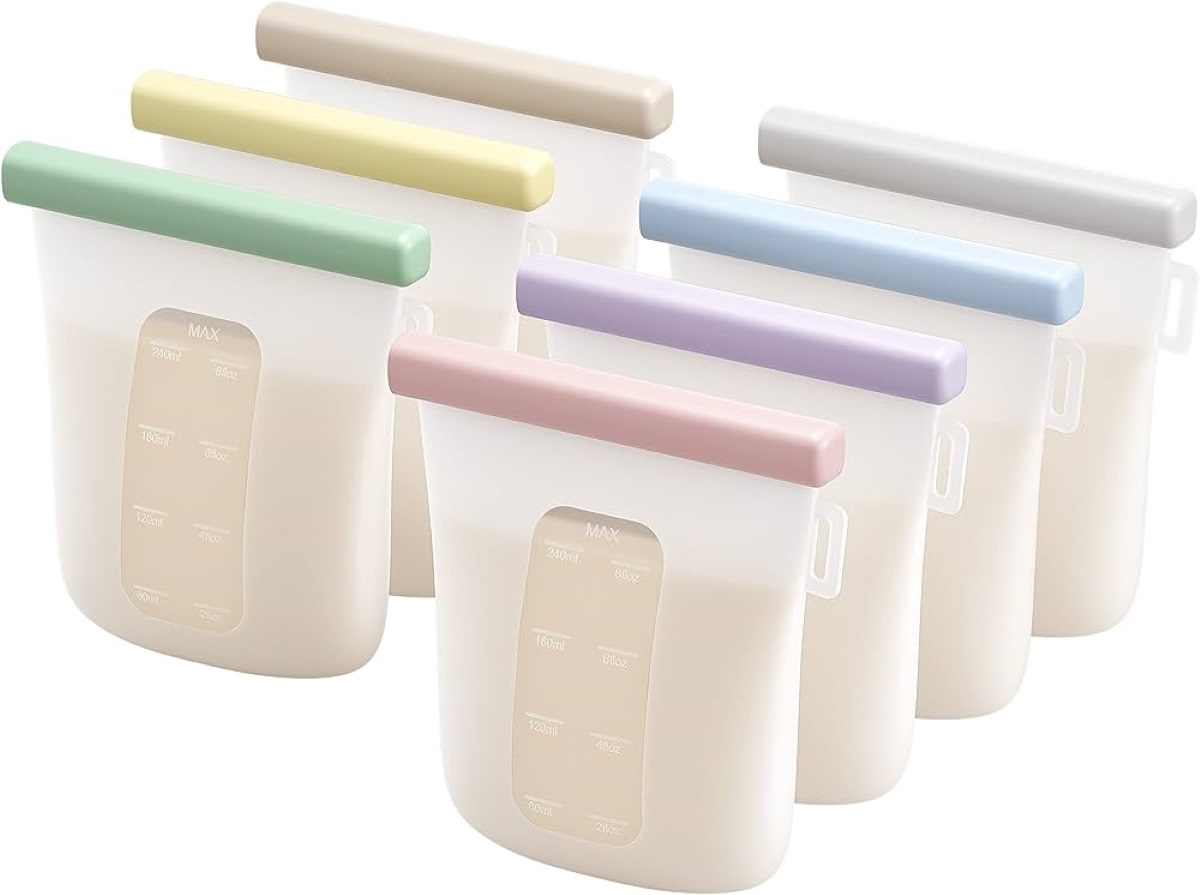
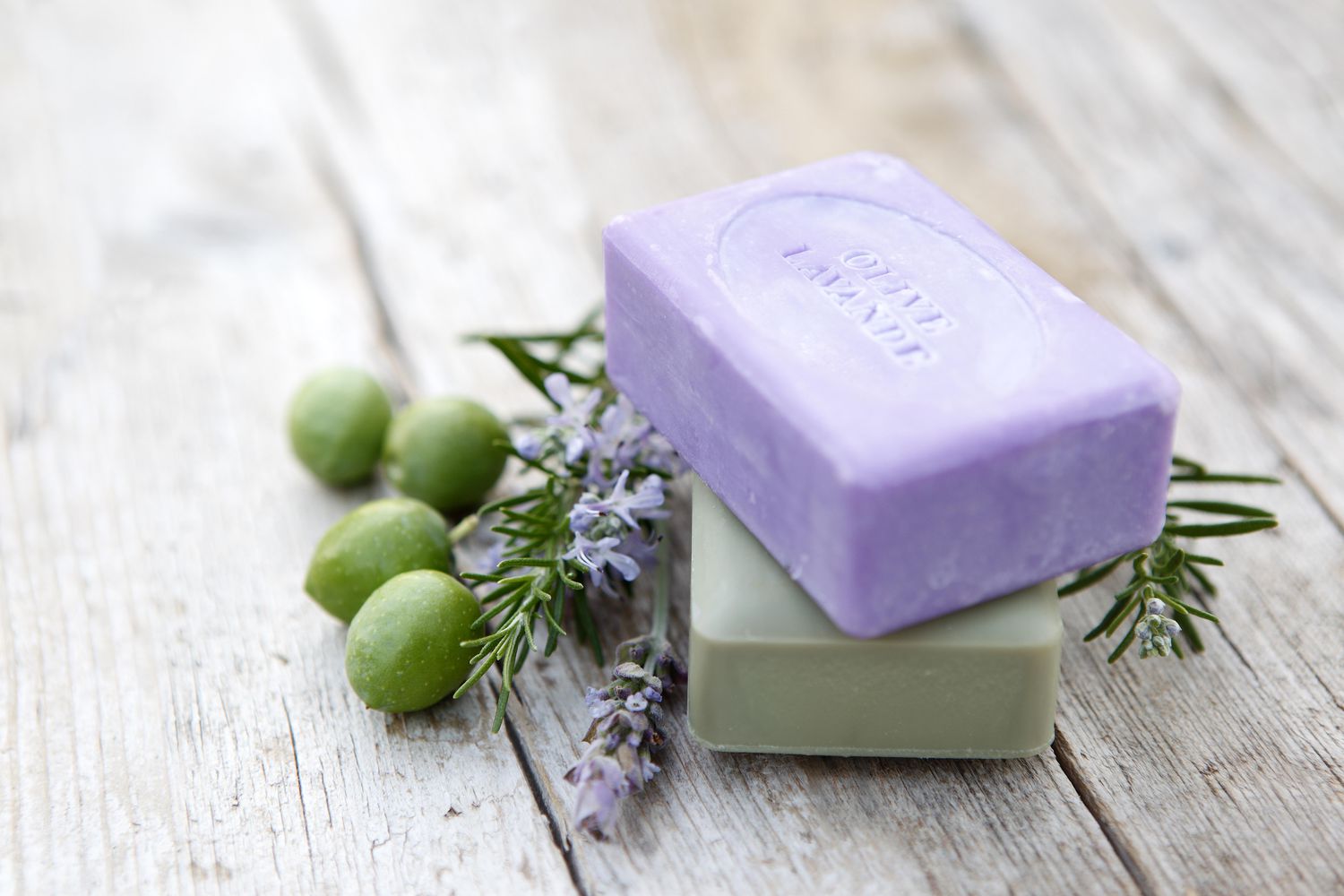
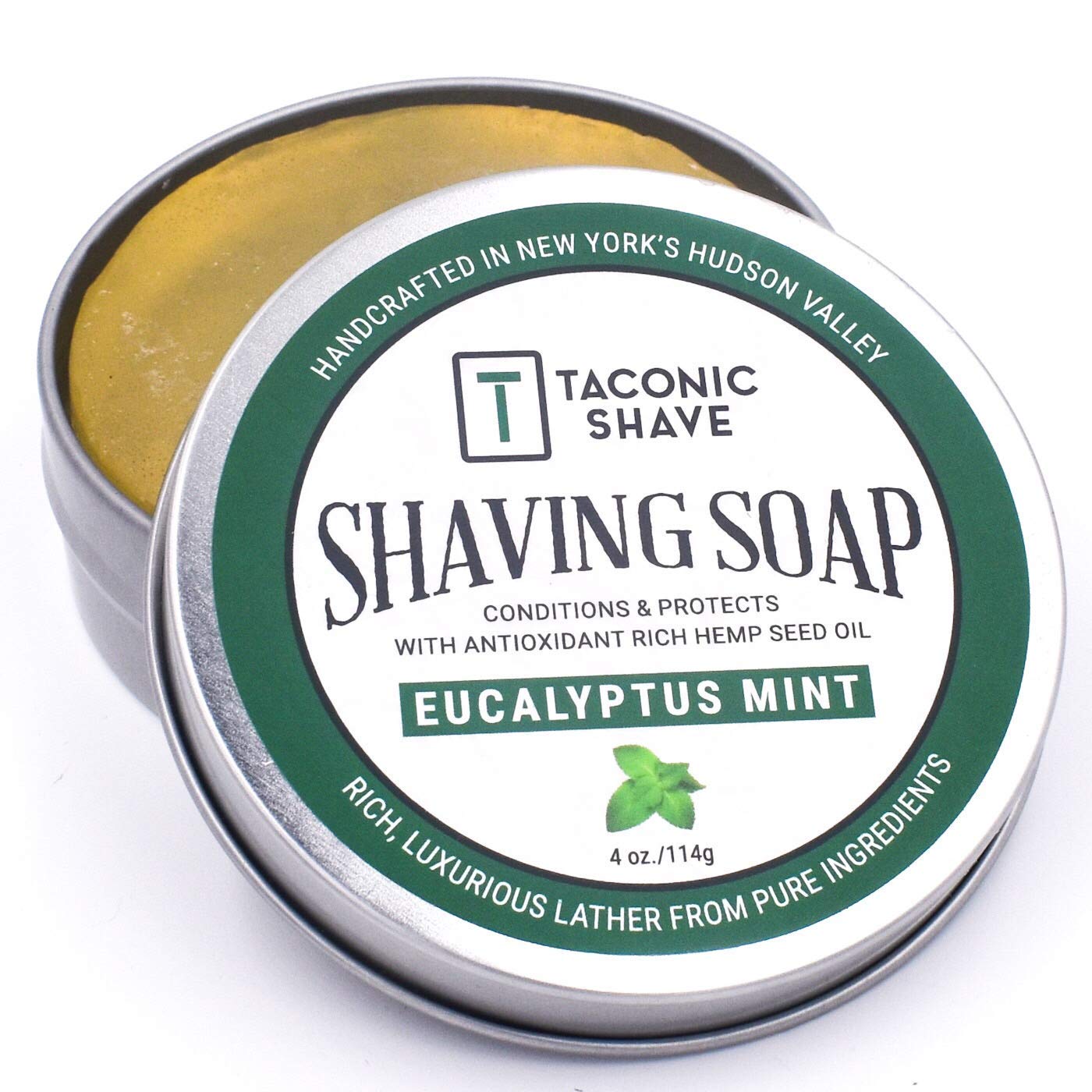
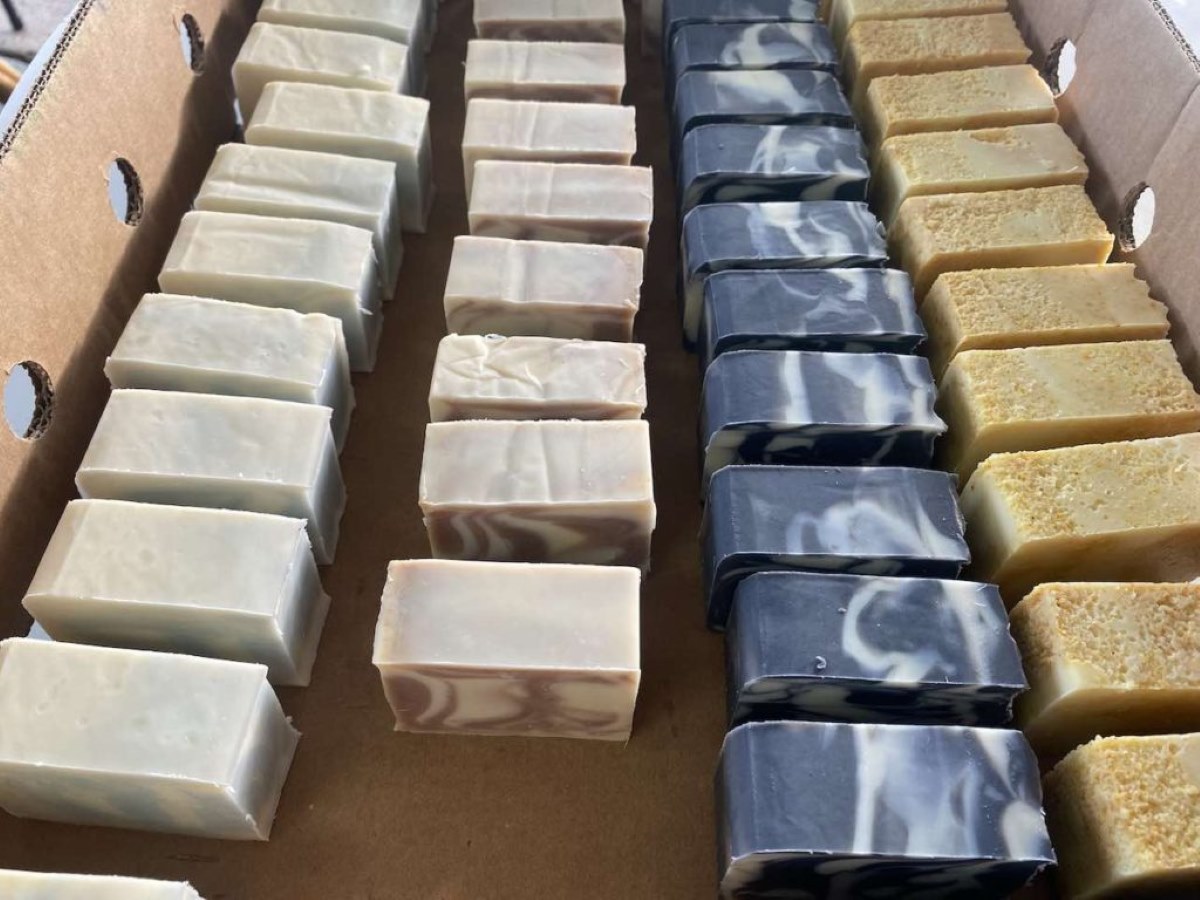
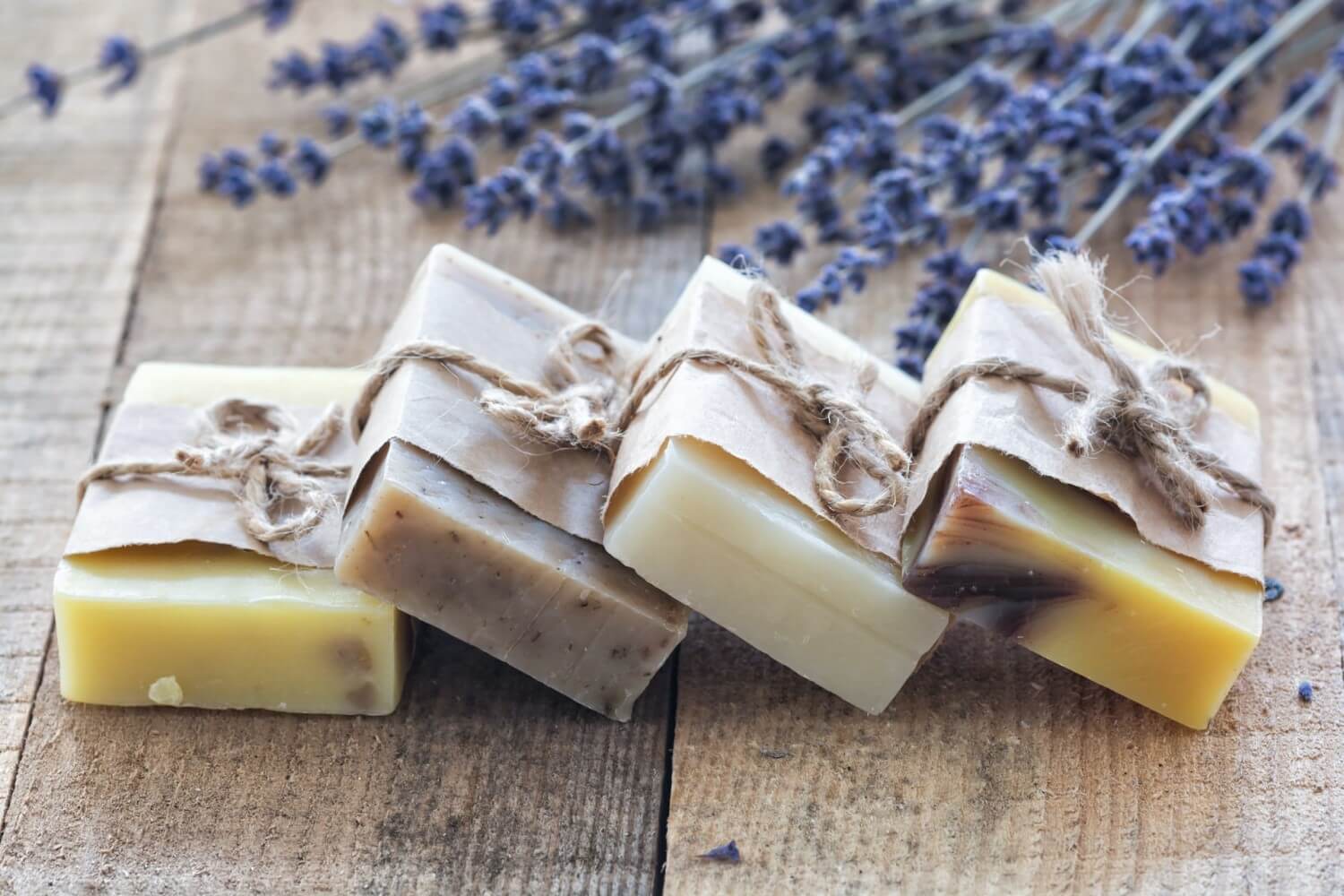
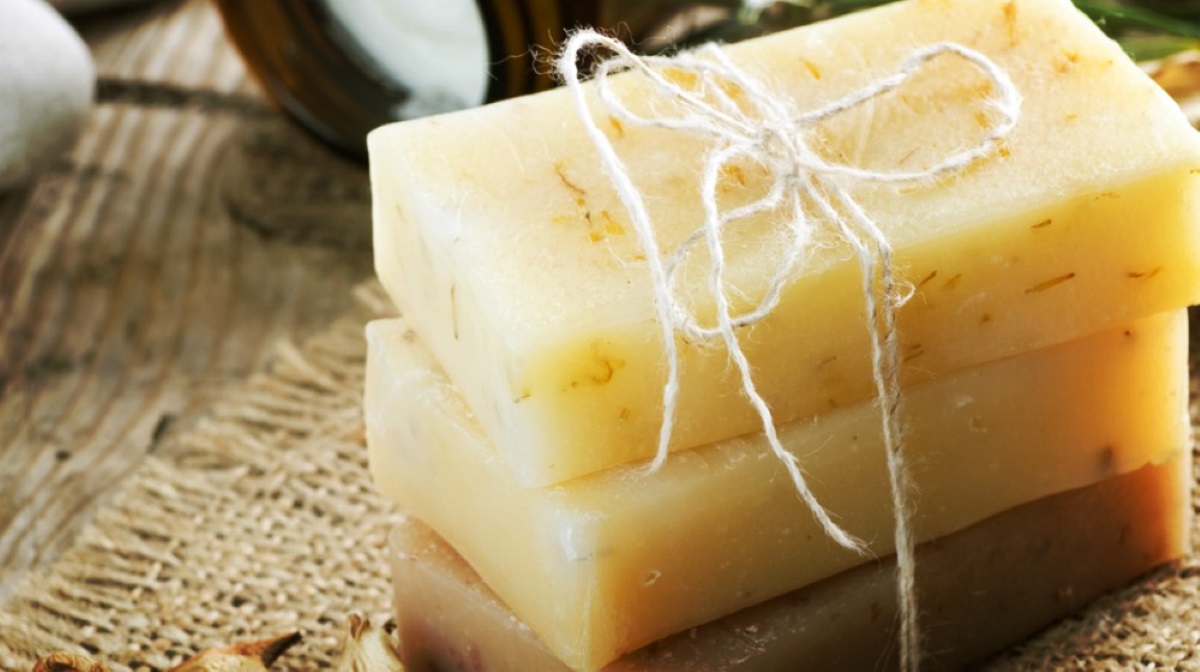
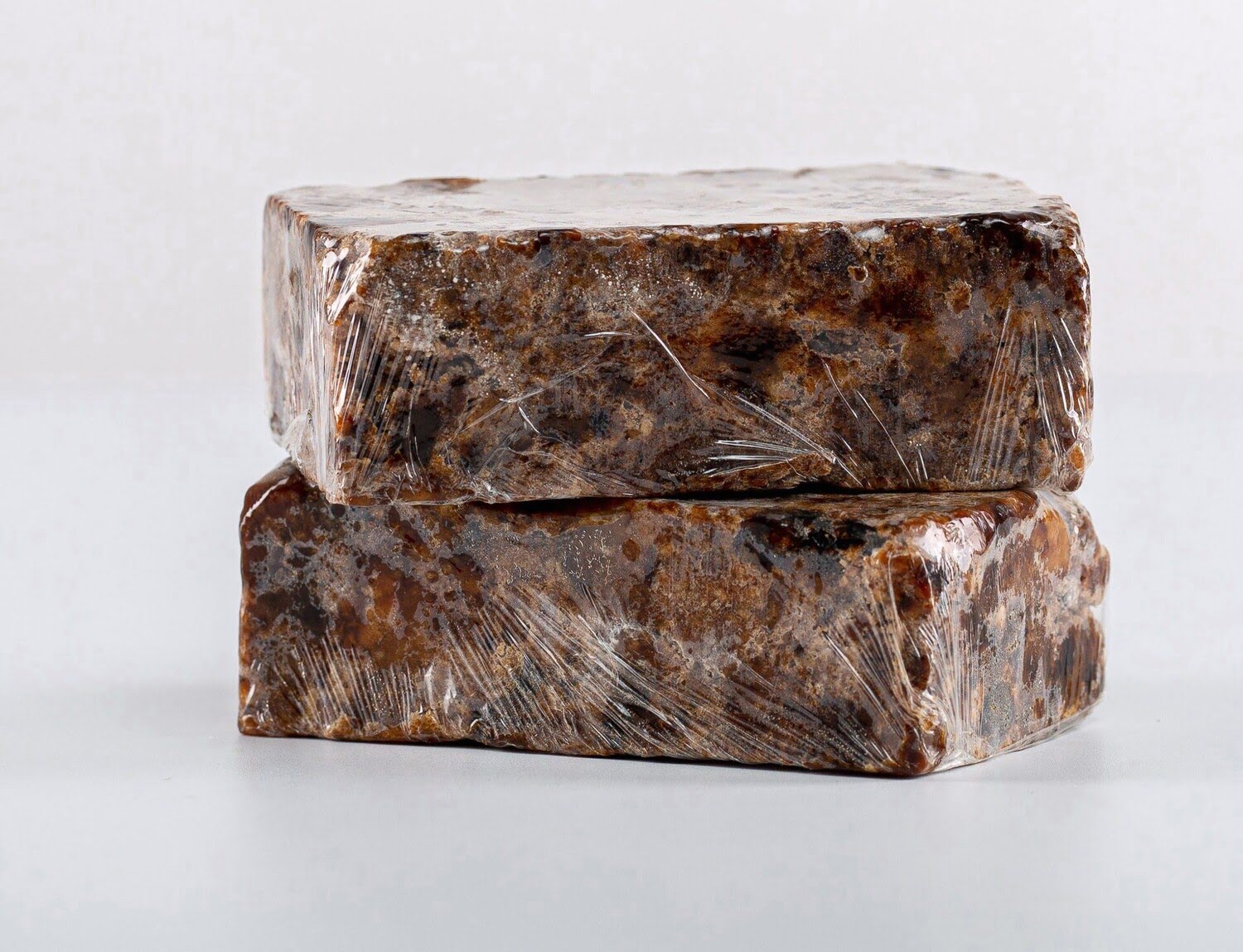
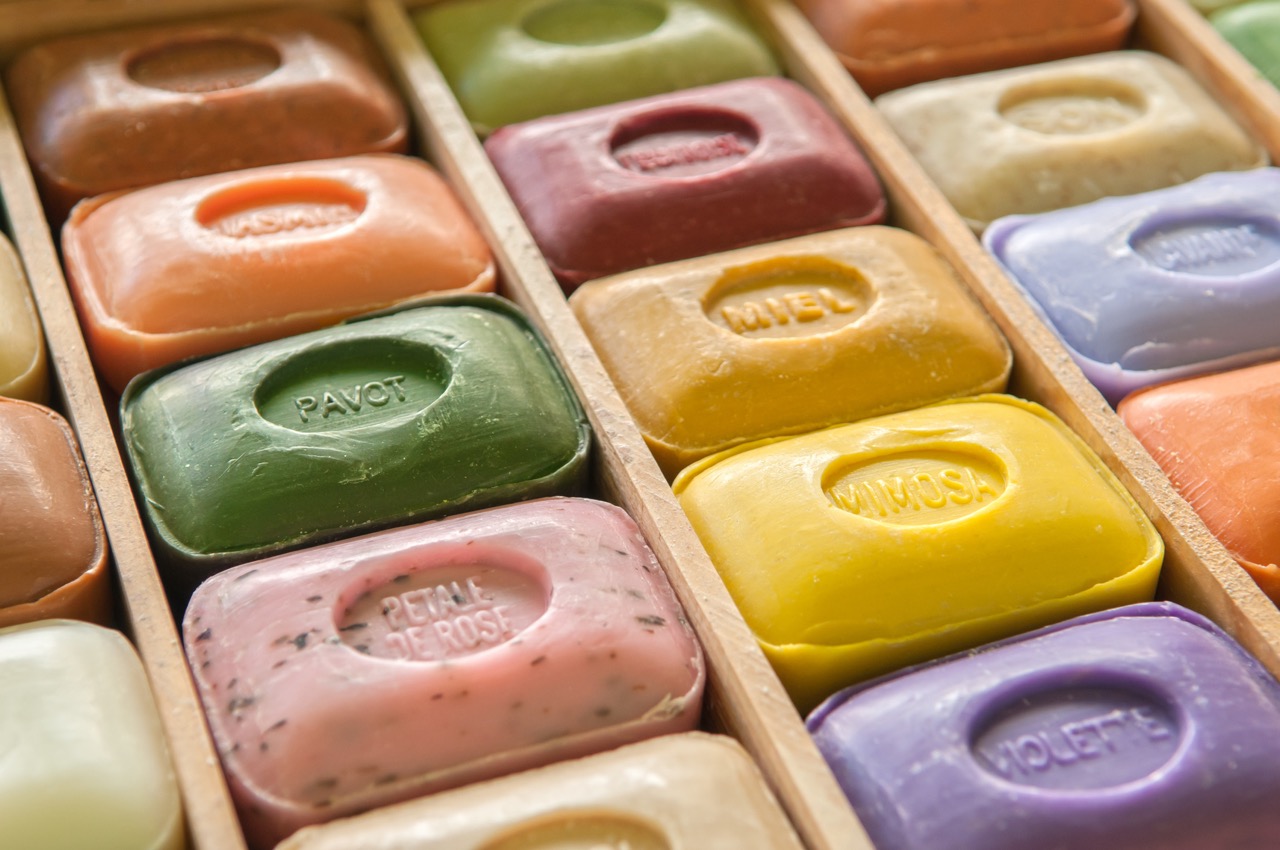
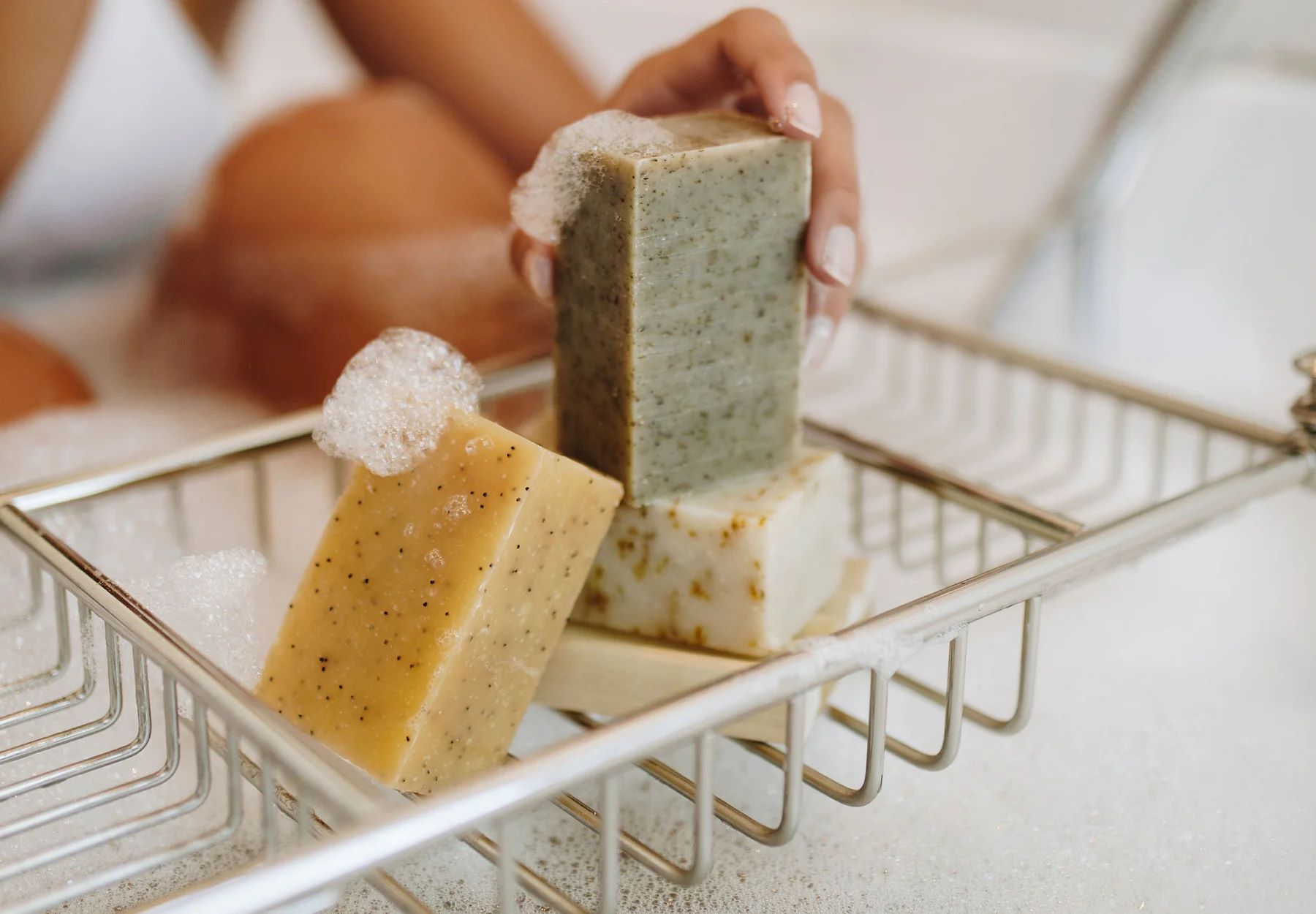
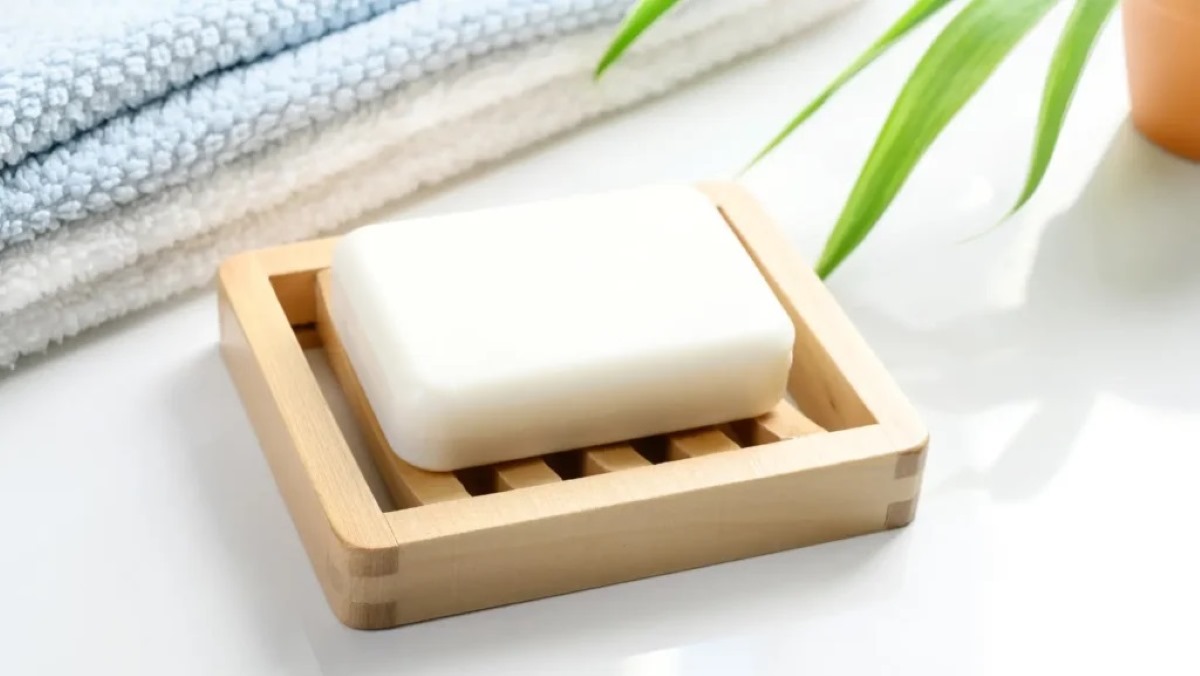
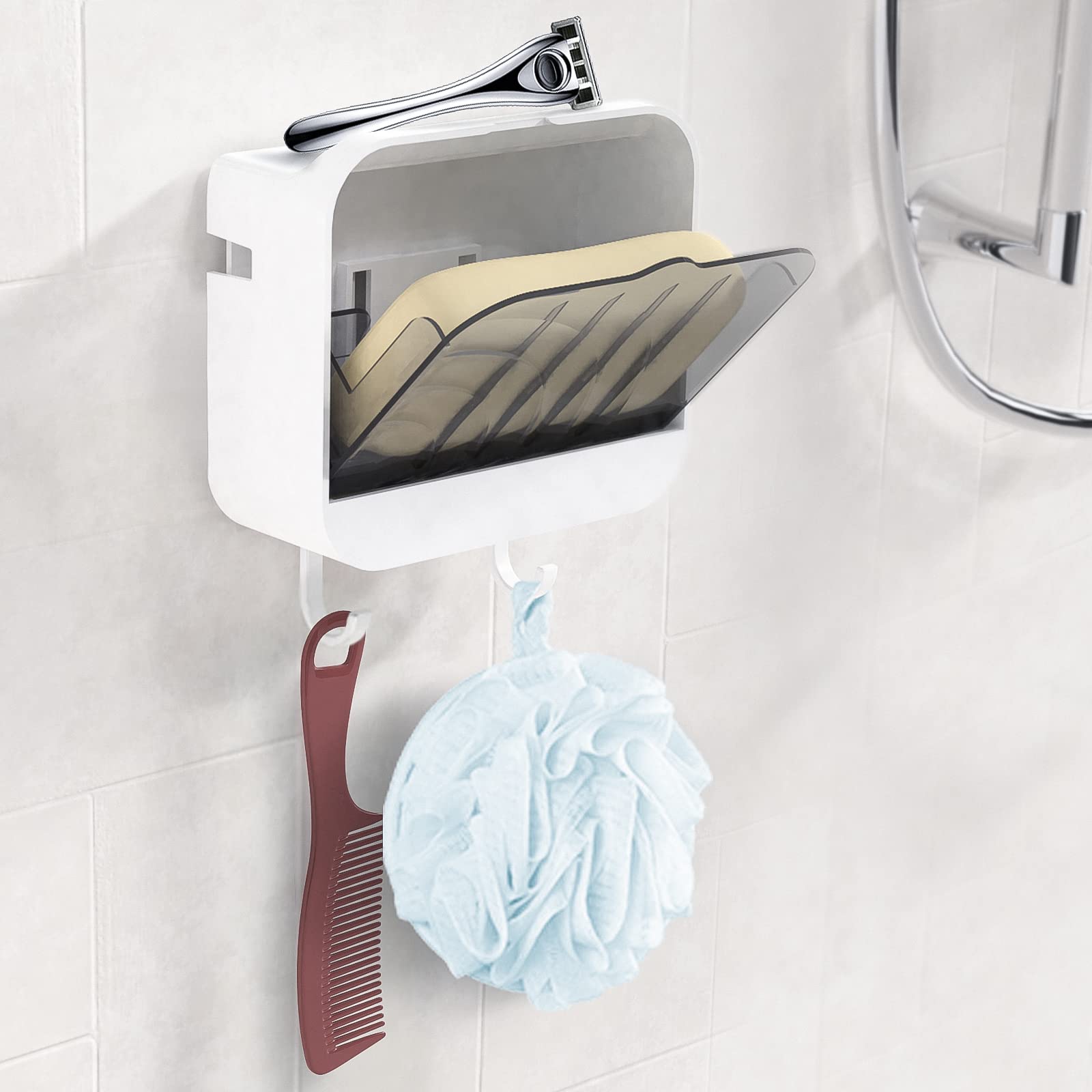
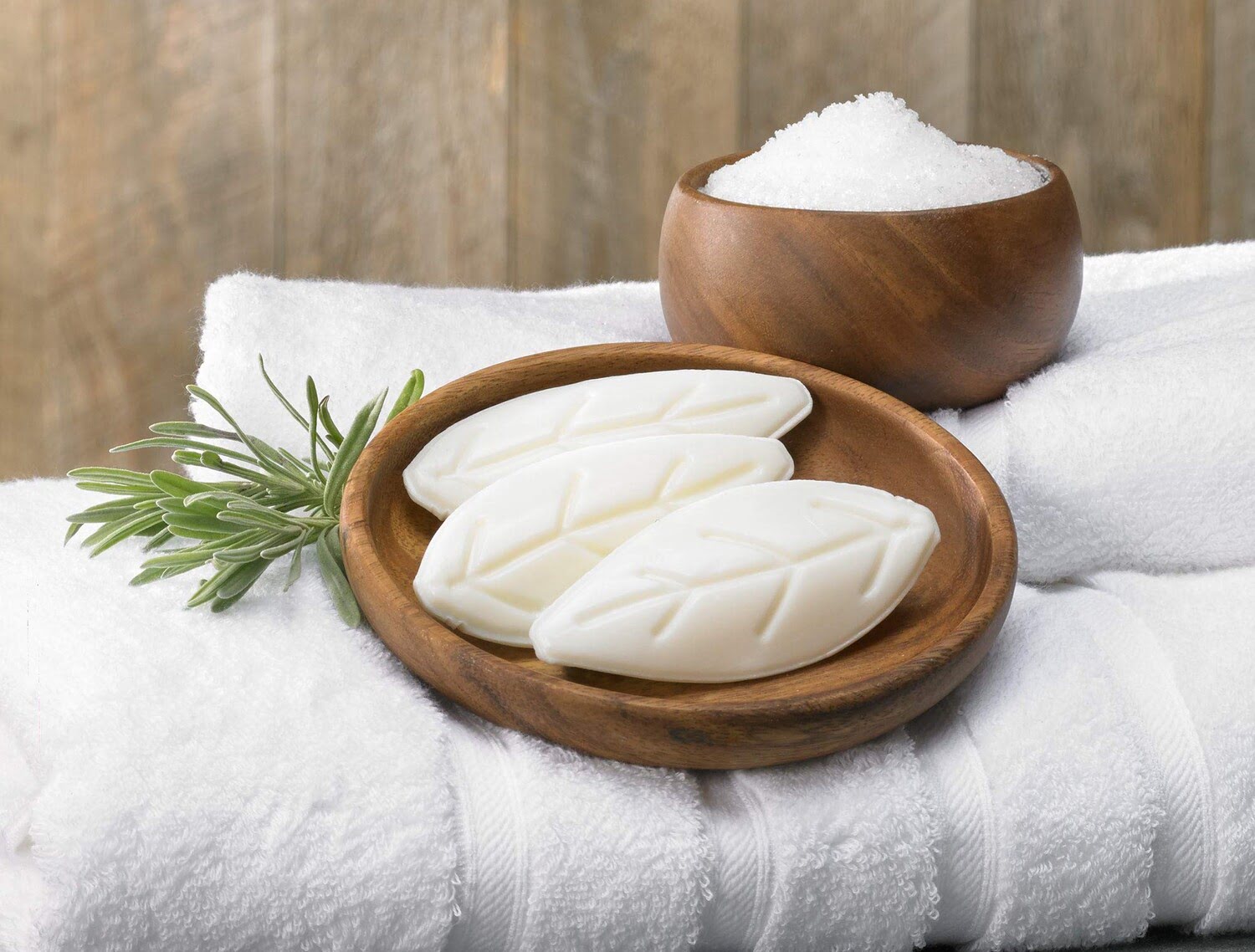
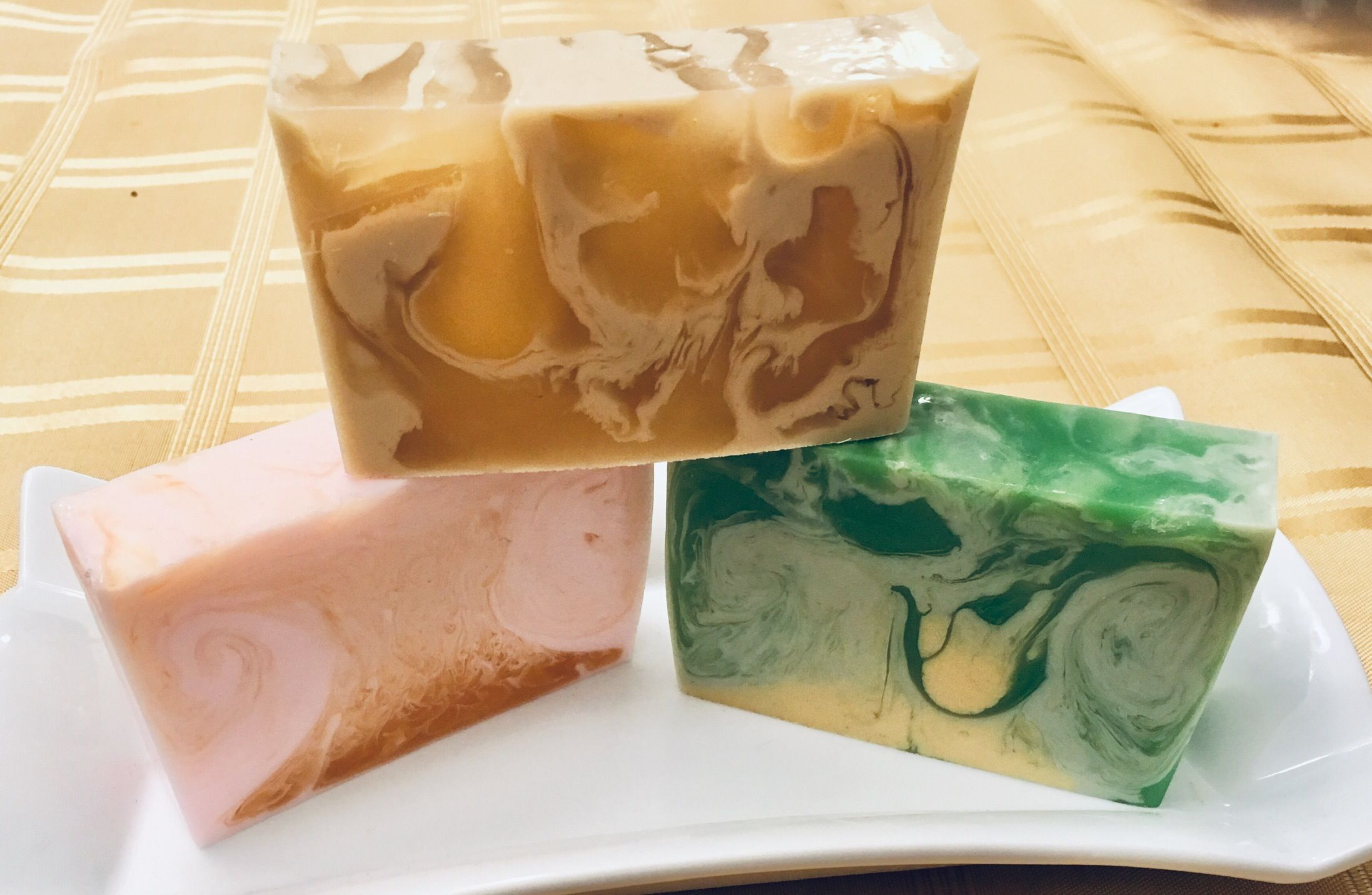
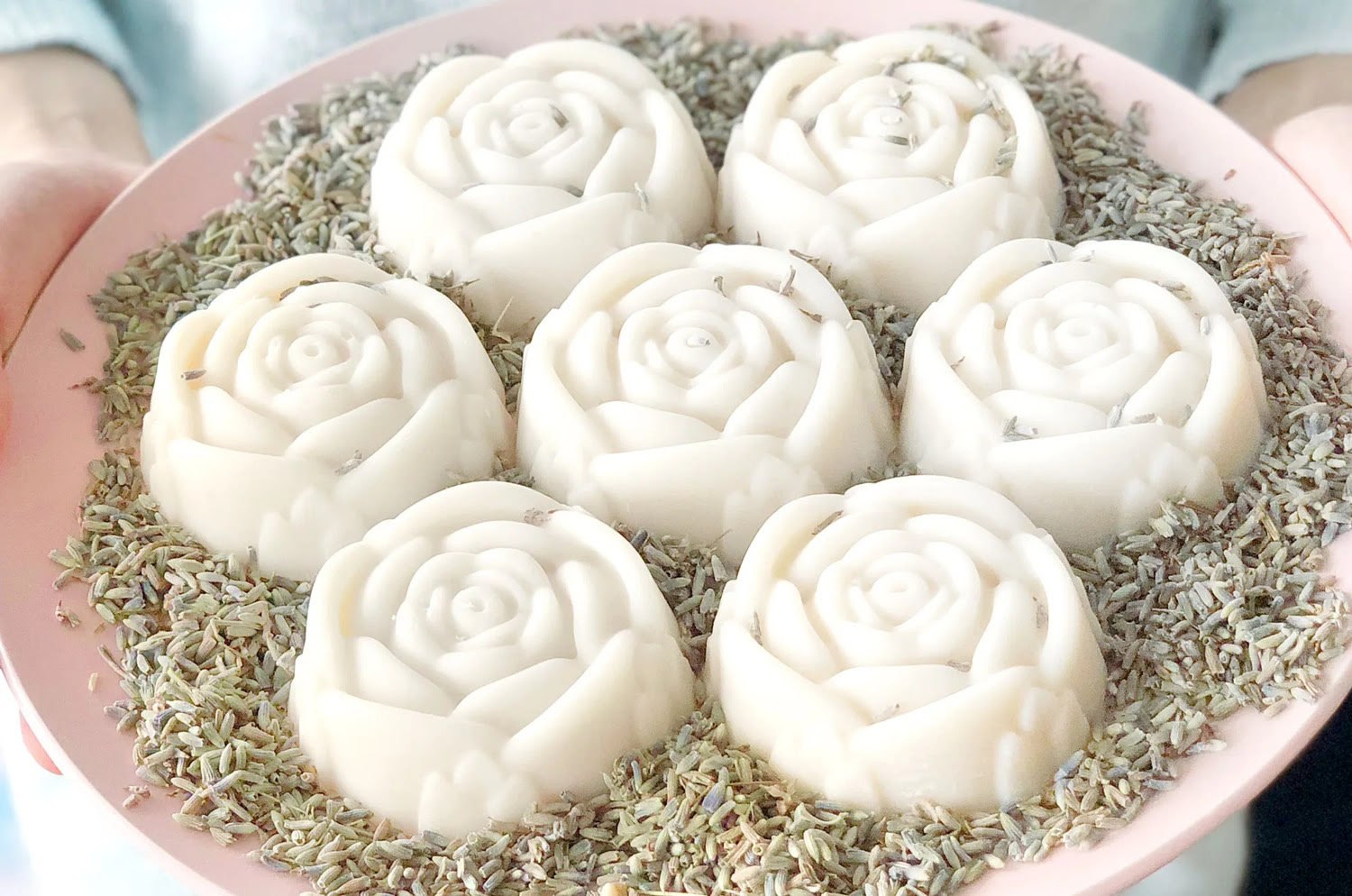

0 thoughts on “How To Store Breastmilk Soap”